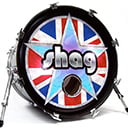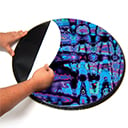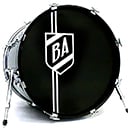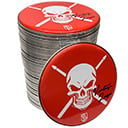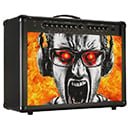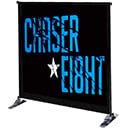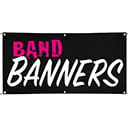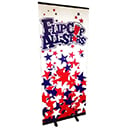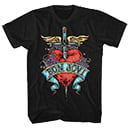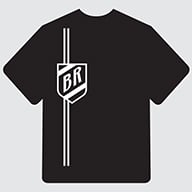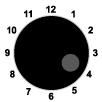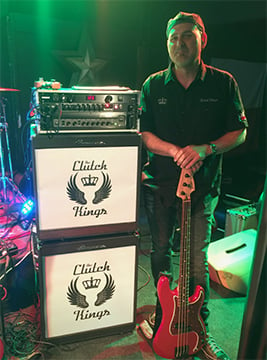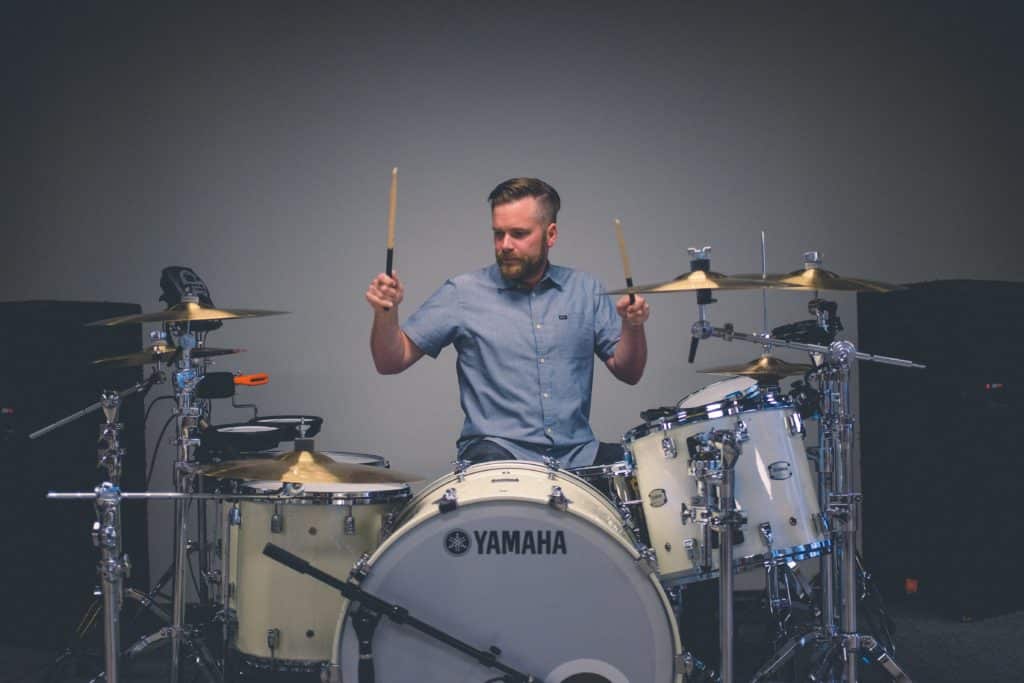
The microphone you use to record drums can make the difference between a garage-band sound and a professional sound. You probably know this. That’s why we’re going to talk about the best microphones for recording drums.
(Side note: before recording, make sure you tune up your drum heads!)
Overhead And Room Mics
If you have just two channels to record drums, you’ll want to go with a pair of overhead condenser mics because they can give you a nice stereo sound of the entire kit.
Here are three of the best overhead/room microphones for drums that won’t break the bank:
- Blue Microphones Bluebird
- Audio Technica AT2035
- Studio Projects B1
Kick Drum Mics
If you only have two mics or two mic inputs, that’s okay. But there’s one glaring problem — you don’t get much of the kick drum. That’s why, if you have three mics or mic inputs, the next part of the kit you should mic is the kick drum.
Some people would say it’s the most important part of the drum kit.
So here are the best kick drums on the market:
- AKG D112
- Shure Beta52A
- Audix D6
Snare Mics
The snare is also a crucial part of the kit (heck, every part is crucial). So when it comes to snare mics, you don’t want to cut any corners.
The snare sound is like that necessary slap in the face — part of the thing that makes you bob your head.
And to accurately capture that sound, the best mic to use is the Shure SM57. It’s what all the pros use — because it’s hard to beat.
Hi-Hat Mics
Next up in importance (if you have limited mics or mic inputs) is the high-hat. It’s definitely the most important cymbal on any drum kit. It’s the only cymbal that always gets its own microphone.
The type of mic you’ll want to use is a cardioid small diaphragm condenser. The engineer-tested-and-approved mic is the Shure SM81. And it’s less than $300, so it’s still within reach for most DIY producers with home studios.
Tom Mics
Usually, engineers don’t mic the toms individually — they almost always pick up well enough in the overhead/room mics.
But, if the toms aren’t getting that umph-y sound you’re looking for, you can throw a mic on one or all of them. And you can just use a good ol’ Shure SM57 — or any other classic dynamic mic, like a Sennheiser MD421 or a Shure SM58.
The More Mics, The Better
When it comes to getting a professional sound on your drums, the more mics you have, the better. If you have enough mics and mic inputs, put one on every single piece of the kit. You can always mute some of the mics if it’s too much (like the tom mics).
But, as is the case with many home recording studios, you may only have 2-4 mic inputs and mics. In that case, it’s best to mic the parts of the kit in this order: two overhead mics, a kick drum mic, a snare mic (which can also pick up the hi-hat), a hi-hat mic, and tom mics (optional).
Caleb J. Murphy is a songwriter and producer based in Austin, TX. He’s also the founder of Musician With A Day Job, a blog that helps part-time musicians succeed.


